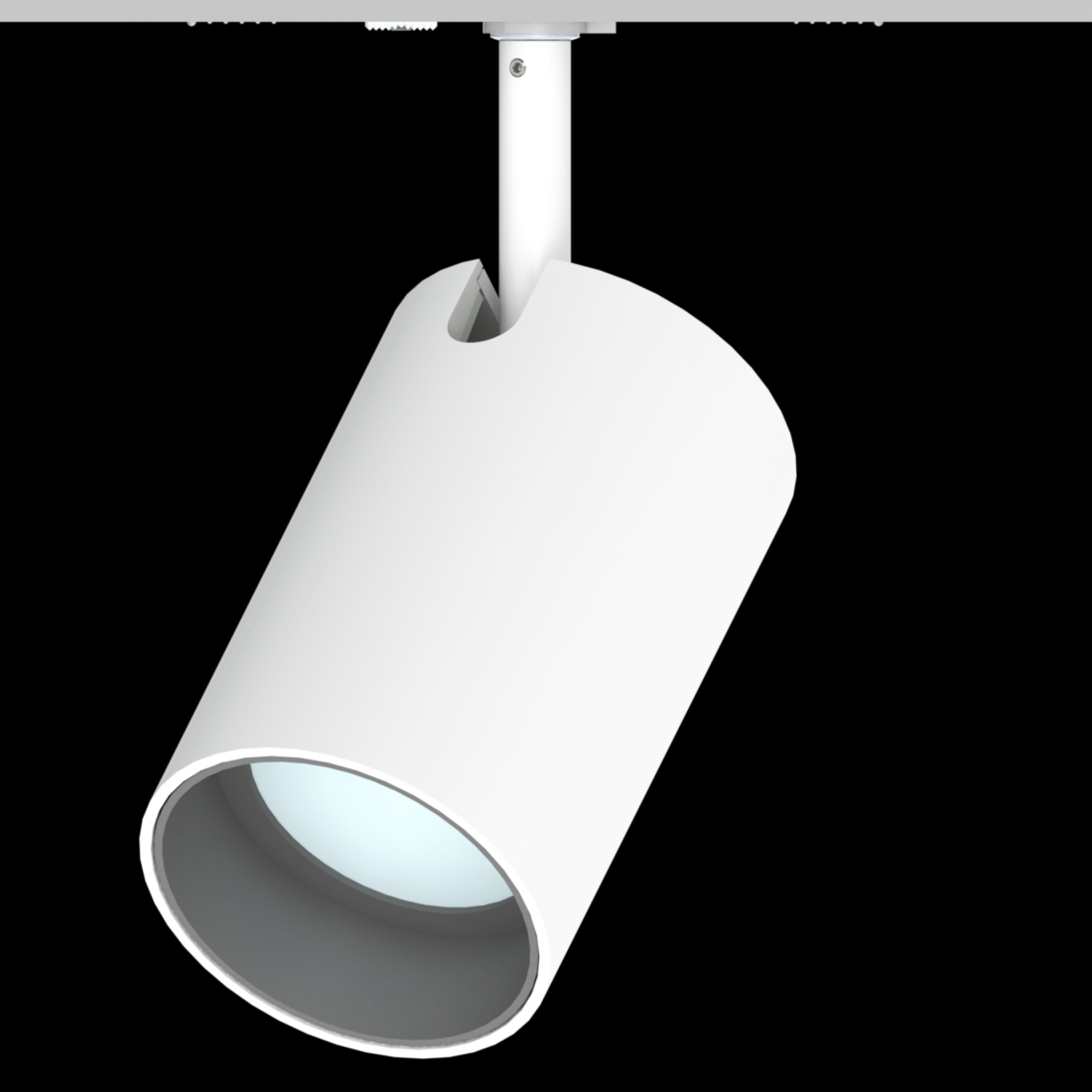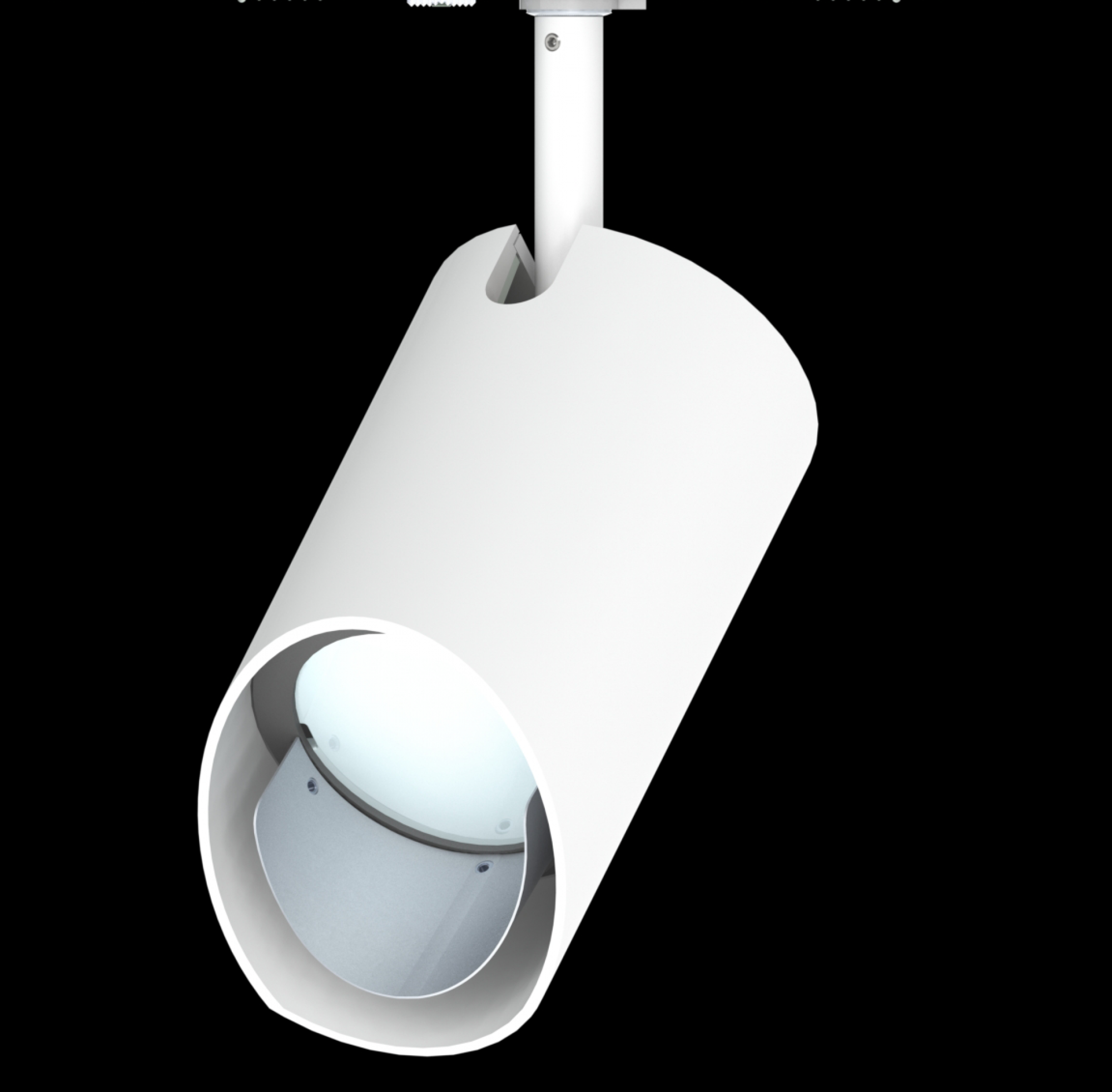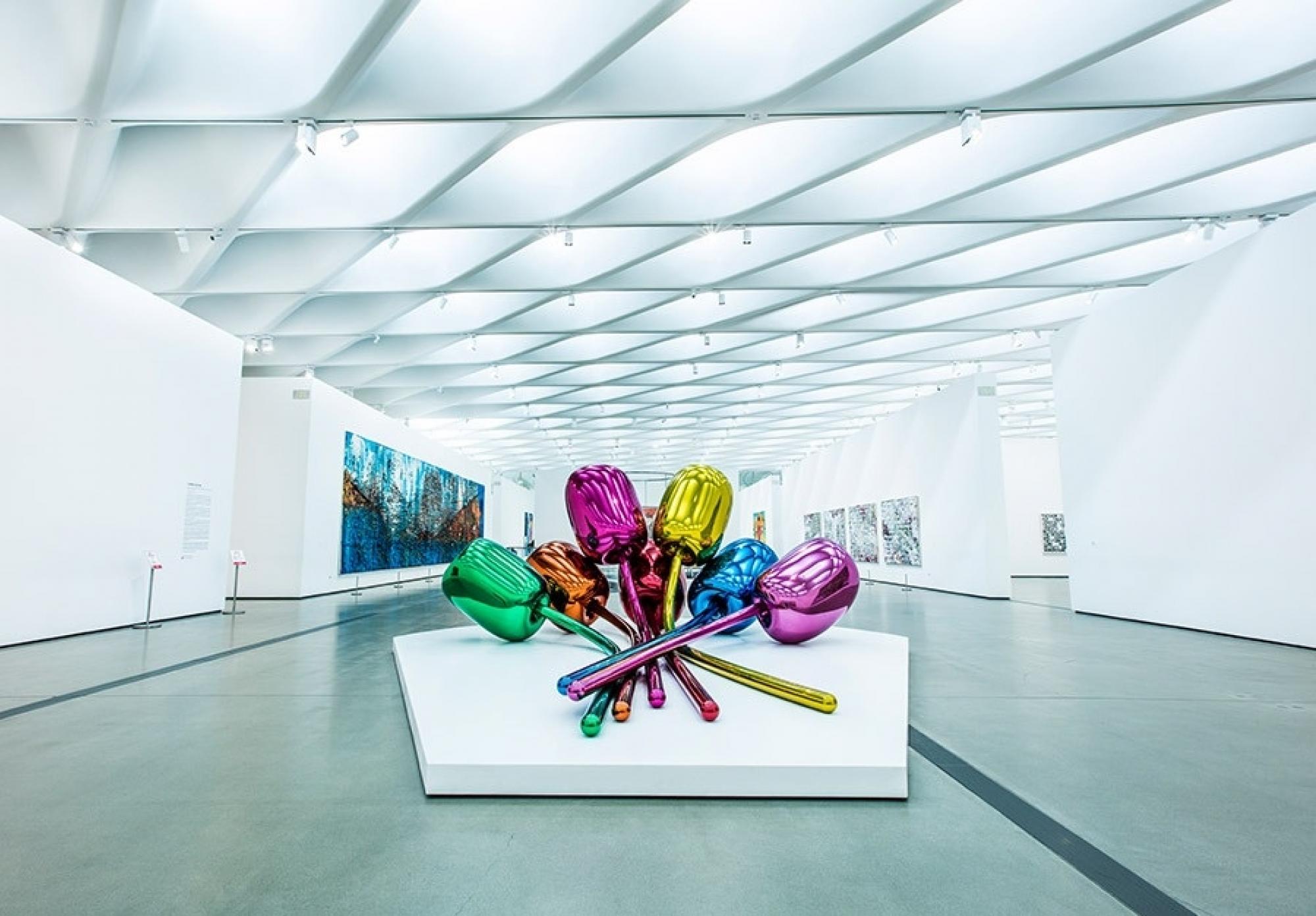Details
Images: © Nic Lehoux
Harvard Art Museums – The Audacity of Innovation
Chrome Yellow and Wilting Sunflowers
In 2014, the new expansion of the Harvard Art Museums opened to the public. Designed by Renzo Piano, with lighting by Arup, the project was both architecturally ambitious and technologically groundbreaking. To fully appreciate the innovation behind this transformation, it's important to understand the context in which it was conceived. At the time of the museum’s design, LEDs were still in their infancy and rarely used in museum settings. Beyond public skepticism—largely fueled by resistance to the Energy Independence and Security Act of 2007 and its Obama-era expansions—there was notable professional hesitation as well. Concerns included low R9 values affecting color rendering and the potentially harmful effects of LED lighting on artworks. For example, in 2013, the ESRF published a widely circulated article on the darkening of chrome yellow pigments, famously used by Van Gogh, linking the degradation to LED exposure. This claim was cited in art journals and the popular press as evidence of the risks of LED lighting. However, the study was soon refuted by Soraa, who pointed out that the lighting used in the study was a Xenon source emitting significant UV radiation—something LEDs do not do. In fact, LEDs produce far less damaging UV and near-UV radiation than the halogen and metal halide lamps they were poised to replace, making them one of the safest options for museum environments.
Given this landscape, Harvard’s decision to move forward not only with LED lighting but with early integrated LED fixtures—then significantly more expensive than LED replacement lamps—was bold. This decision, grounded in critical, evidence-based evaluation, became a model for other museums. It aligned with the values that shaped the expansion: a deep commitment to conservation, exhibition quality, and environmental sustainability. By making decisions rooted in both evidence and institutional values, the Harvard Art Museums helped catalyze the broader adoption of LED technology in the museum sector. The result was a significant reduction in energy use (up to 90% compared to traditional sources) and enhanced protection for artworks.
A Puzzle Elegantly Realized
The museum’s expansion was shaped by historical sensitivity and thoughtful integration. It united collections from three distinct museums—the Fogg, the Busch-Reisinger, and the Sackler—into a single institution. The Fogg’s façade had to remain intact to satisfy historic preservation requirements from the City of Cambridge. Meanwhile, the Busch-Reisinger, designed by Gwathmey Siegel in 1991, was removed to integrate the Sackler, originally designed by James Stirling. Complicating the project further, the site is bordered to the north by H. H. Richardson’s 1880 Sever Hall and to the south by Le Corbusier’s 1963 Carpenter Center for the Visual Arts—the only Corbusier building in North America.
The challenge was immense: to reconcile multiple styles and time periods into a unified architectural experience. Piano’s solution was to adopt the form of a traditional Italian courtyard. This approach created a building that functions not only as a museum but as a connective tissue between spaces and histories. Its identity rests in the clarity of its geometry and the delicacy of its materials—granite, marble, and wood, chosen to resonate with Harvard’s existing campus palette. Many of these elements were fabricated using advanced digital milling, blending tradition with innovation.
The result is a structure that honors its historical surroundings while writing a new chapter in the narrative. One might say that Piano’s addition is not just a new chapter, but a new binding—bringing together multiple volumes of Harvard’s Museum legacy into a single, cohesive story.
Preserving the Past, Preparing for the Future
Today, balancing the imperatives of conservation and exhibition remains one of the most critical challenges in museum lighting. Harvard addressed these concerns head-on when it opted to adopt LED lighting. Throughout the design process, decisions were informed by conservators and researchers at the Straus Center for Conservation and Technical Studies. As mentioned earlier, skepticism toward LED lighting was widespread at the time. The role of conservation, however, goes far beyond simply protecting objects. It supports the transmission of cultural knowledge to future generations, while also enabling new discoveries that can alter or complicate accepted narratives. In this way, conservation becomes integral to both the curatorial mission and scholarly research.
Lighting designers, exhibit designers, and facilities staff—those tasked with the daily stewardship of the collection—were also given a voice in shaping the museum’s infrastructure. Studies conducted by Litelab, Xicato, and Arup were reviewed to ensure that the lighting systems met curatorial, conservation, and operational needs. The result was a carefully planned lighting infrastructure that extends not just through gallery spaces but into conservation labs and workspaces. This implementation marked a turning point. Harvard’s LEDs delivered significantly better energy performance due to higher lumen-per-watt efficiency than halogen sources. The museum achieved notable reductions in operational and labor costs, thanks to the longer life spans of LED fixtures—many of which remain in use more than a decade later.
Crucially, LEDs at Harvard also demonstrated excellent color rendering, rivaling or exceeding that of legacy sources. New standards like TM-30 have since replaced outdated metrics (such as CRI), offering a more nuanced understanding of color quality based on the visual effects of light, rather than the characteristics of a particular source. In parallel, careful study of LED photometry and light–material interactions have allowed manufacturers to refine their products to exclude harmful spectral content without sacrificing color fidelity. While light will always have some impact on materials, this kind of rigorous, real-world research has empowered lighting designers to develop environments that support both the aesthetic and preservation needs of museums—making art more accessible today while ensuring its longevity for tomorrow.
Looking Back to Move Forward
Harvard's approach—and that of other trailblazing institutions such as the Smithsonian and MoMA—provides more than case studies in technological or exhibition innovation. It offers process-based models for how to successfully implement experimental paradigms. In this instance, an inclusive, evidence-driven process that drew on the expertise of a diverse group of stakeholders led to an informed and visionary result. The museum also collaborated closely with manufacturers willing to experiment, customize, and offer long-term support—far beyond the initial installation.
While every institution has unique needs shaped by its culture, collections, and resources, the Harvard model offers enduring lessons. It reinforces the idea that museums, though rooted in the past, are dynamic entities—continually evolving, transforming society through reflection and engagement. Their power lies not just in preserving artifacts, but in helping communities understand themselves and their histories. From their origins, this reflective quality has been central to the civic and cultural role of museums. Harvard’s expansion exemplifies how innovation can be harnessed in service of that enduring mission.










